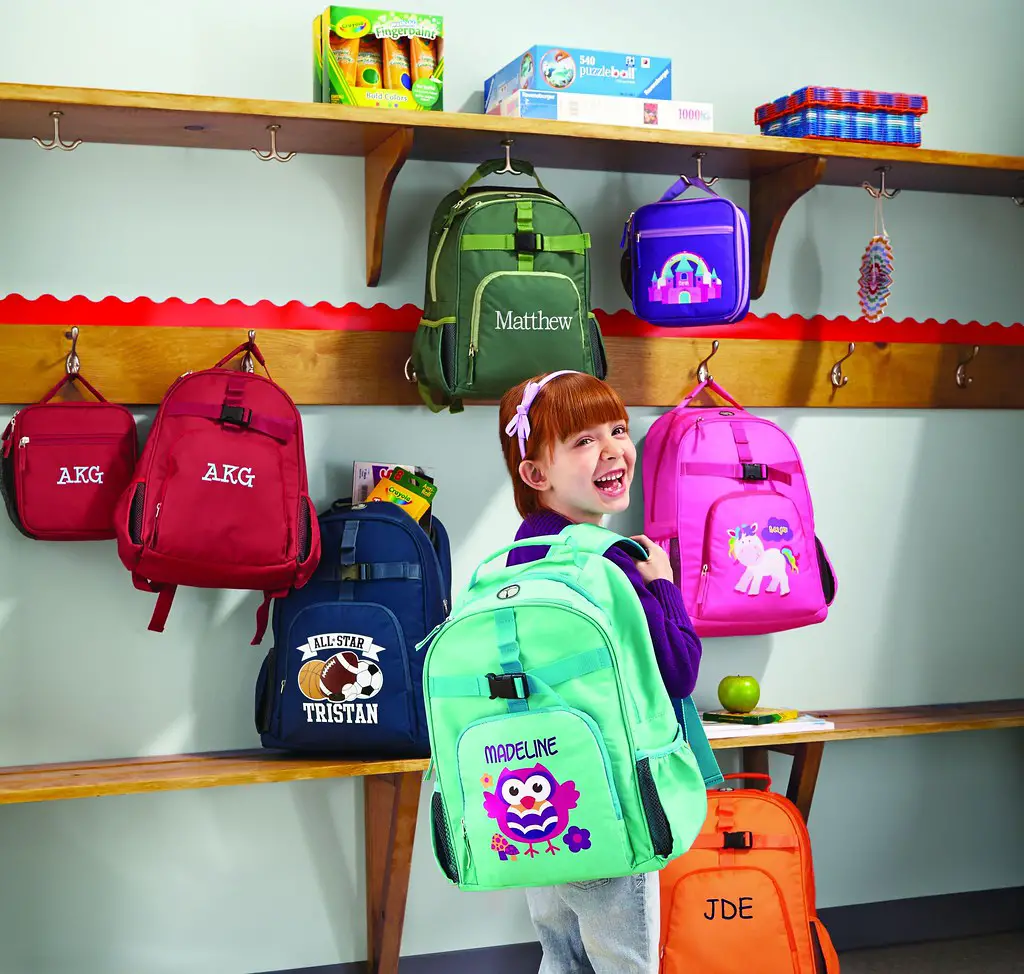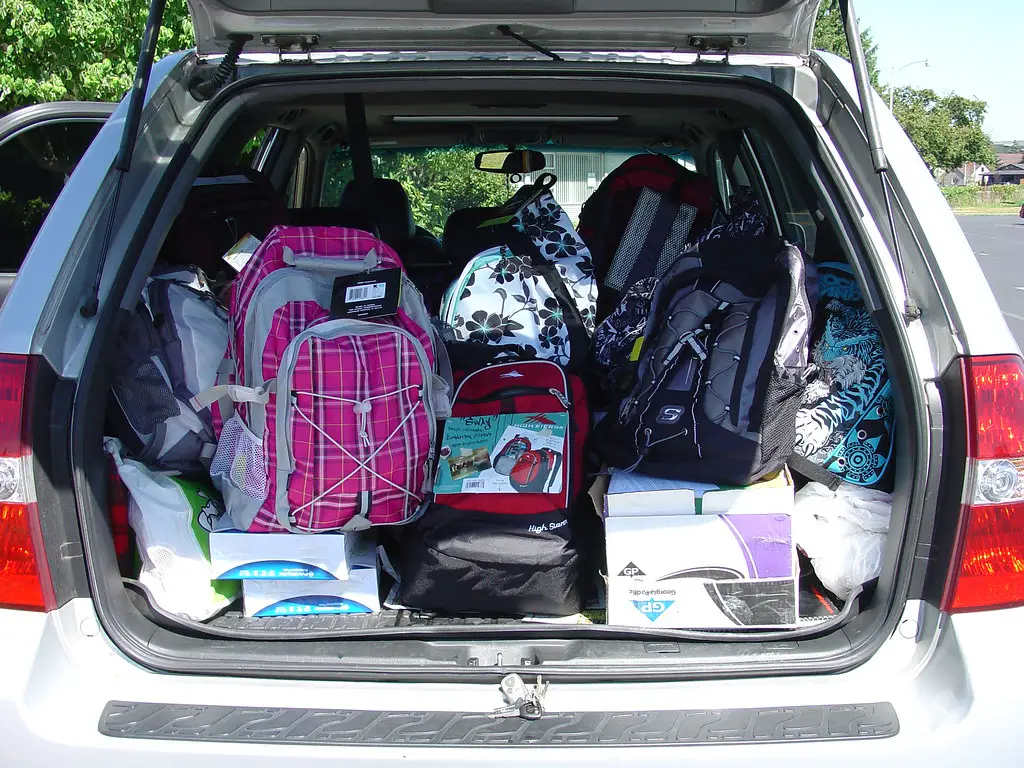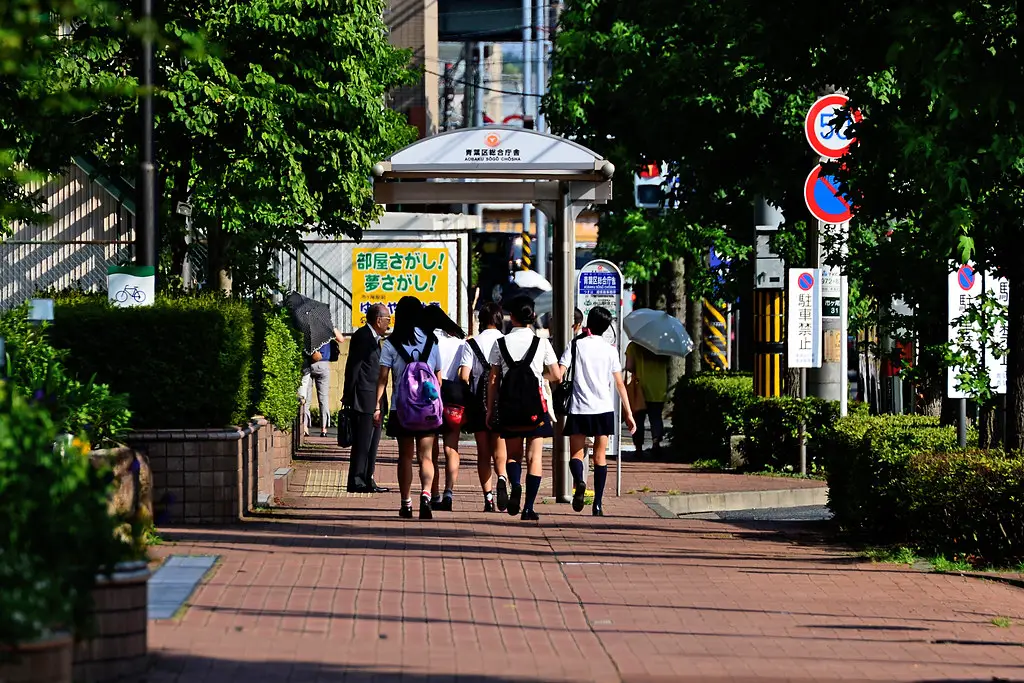In the age of seemingly perpetual change, one such change gaining traction among educational institutions has been the school backpack ban.
Often dividing opinion, the prohibition of this quintessential student accessory is not without reason—concerns about school safety and the potential for misuse have often been cited.
Yet, the decision to eliminate backpacks could have far-reaching implications on both students’ lives and the learning environment as a whole.
This comprehensive exploration is designed to shed light on the polarizing issue by delving deep into the arguments for and against the ban.
The Logic Behind the Backpack Ban
-
Delving Into School Safety
Contemporary analyses of school safety incidents often point to threats that originate within the student body itself.
The relative ease with which contraband can be concealed in a bag has shifted focus onto the backpack as a potential security risk.
From the fear of weapons to concerns about drug smuggling, many school administrators argue that banning backpacks could help in curbing these hazards, or at least in early detection.
One prime example that bolstered the argument for the ban occurred in 1999, during the Columbine High School Massacre. In its aftermath, many schools began implementing stringent security measures, including the prohibition of large bags like backpacks.
The association of backpacks with the event has since become symbolic and drives an undercurrent that dictates many school policies to this day.
-
Addressing Academic Integrity
While security concerns are a significant driver for the ban, issues related to academic integrity are not far behind.
The appeal of using backpacks to hide cheat sheets or electronic devices during examinations is a scenario that plays out in schools globally.
https://www.pastpapersinside.com/t\op-20-teacher-movies-of-2024/
Prohibiting backpacks necessitates the use of clear or personal storage to eliminate this advantage, potentially fostering a more honest scholastic environment.
Moreover, without the clutter of heavy bags, hallways and classrooms become more navigable. The reduction of what many dub “backpack traffic” can create an environment where disruptions are minimized, and students can move between classes more efficiently.
This streamlined setting could lead to an improvement in overall academic focus.
The Impact on Students: Convenience vs. Compliance
-
Navigating Daily Routines
Despite these perceived advantages, many students and parents are quick to point out the logistical challenges that a backpack ban presents.
The thought of juggling multiple books and materials without the convenience of a central storage area is daunting. This is especially true for high school students, who often face a rigorous schedule of varied subjects.
The strategic placement of lockers and clear bags might mitigate the issue, but not eliminate it.
The midday locker visit can disrupt the flow of the day for students, and instances of forgotten or inaccessible materials are inevitable, potentially leading to academic hurdles for some.
-
Reevaluating The Side Effects
The backpack ban also has indirect effects on students’ physical well-being. Health experts have long cautioned against the potential for back pain and injury from excessive weight carried in backpacks.
By forcing a shift towards lighter, more managed loads, schools may inadvertently contribute to the betterment of students’ physical health.
Yet, the counter argument is that the ban could simply lead to the overstuffing of pockets or other carrying vessels, which, though they may distribute the weight differently, still pose a health risk.
This dilemma forms part of the ongoing debate about whether the ban truly addresses these concerns or simply displaces them.
An Educational Experience Redefined
-
An Environment of Equity
The ban also raises questions about equity in the educational environment. With students from all socio-economic backgrounds, the blanket ban on backpacks can inadvertently impact those who cannot afford alternative storage options. The purchase of such accommodations, even if minimal, can impose an additional financial burden on some families.
It is not only the cost that presents a hurdle. Some students may not have access to sufficient storage space at home or be able to safely store their academic materials, leading to an issue of compliance rather than willful neglect.
This observation calls into question the sustainability and fairness of the ban, particularly for marginalized communities.

-
Balancing Discipline and Autonomy
Beyond the practicalities, the ban also signifies a shift in the balance of power between students and administrators.
The loss of the cherished backpack, a symbol of student life, can be perceived as a loss of autonomy and implies a lack of trust in students’ ability to manage their belongings responsibly and appropriately.
For educators, however, the removal of backpacks represents a reassertion of required discipline.
It communicates a school’s expectation that students need to be prepared not just academically but also in their behavior, learning to live within the confines of rules set by the educational institution.
Navigating the Opposition and Approaches
-
A Different Path: The Clear Bag Solution
Rather than an outright ban, some schools have turned to more moderate strategies, such as requiring students to use clear bags that offer a compromise between accessibility and security.
Such an approach maintains the convenience of a backpack, while also serving the goal of transparency.
The clear bag policy, however, is not without its critics. Opponents argue that it does little to address the academic integrity issue and may even infringe upon students’ privacy, creating a climate of surveillance rather than one of education and trust.
-
Case Studies and Success Stories
Scrutinizing the experiences of schools that have successfully implemented backpack bans can provide valuable insights into the best practices for execution and what variables contribute to success.
Tailoring policies to the unique needs and culture of a school, along with clear communication with all stakeholders, appears to be fundamental in transitioning from traditional to alternative storage methods.
For instance, the case of LaGuardia High School in New York City exemplifies how a phased ban, combined with an increase in locker availability, led to smoother adoption.
The school’s approach underscores the importance of community buy-in and collaboration with students to promote successful policy implementations.
Conclusion:
The contentious issue of banning backpacks in schools emblematizes the ongoing struggle to balance safety, efficiency, and student rights in educational environments.
As we witness a shift in attitudes and policies, it is crucial for schools and their communities to engage in open dialogue, considering not only the immediate concerns but also the long-term effects on students.
The decision to ban backpacks should not be taken lightly but should reflect a nuanced understanding of the challenges and opportunities it presents.
As educational institutions continue to evolve in response to an ever-changing world, the issues explored in this discourse must be at the forefront of policy discussions, ensuring that the future of our schools is designed with the best interests of our students at heart.




